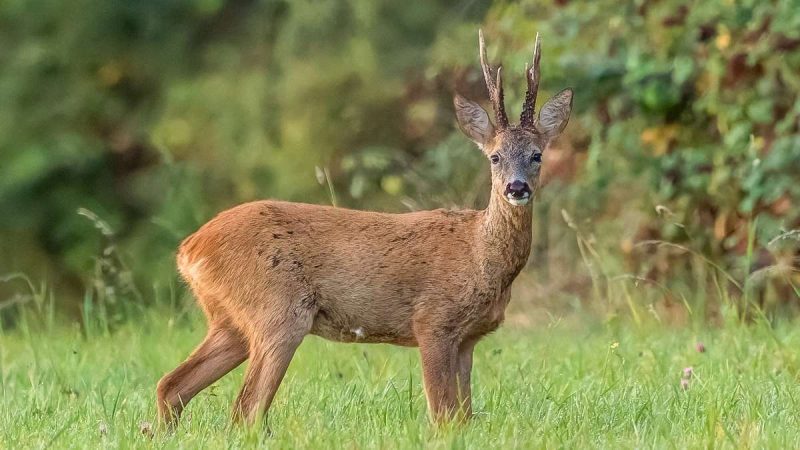India is not only working on infrastructure development in the cities but is also taking strong steps to protect its rich wildlife and natural heritage. In this direction, the government has taken another major step by launching the National Red List Assessment (NRLA). This new initiative aims to fulfil India’s commitments under the Convention on Biological Diversity (CBD) and the Kunming–Montreal Global Biodiversity Framework (KM-GBF). Read on to know more.
The Indian Government Launches National Red List Assessment
The NRLA aims to study and record the extinction risks of thousands of plant and animal species found across India’s diverse ecosystems. In India’s Vision 2025–2030 for NRLA, Union Minister of State for Environment, Forest and Climate Change, Kirti Vardhan Singh, revealed that they are planning to document and assess over 11,000 species. This includes 7,000 species of flora (plants) and 4,000 species of fauna (animals), reported Hindustan Times.
In collaboration with IUCN-India and the Centre for Species Survival, India, the framework for this assessment has been prepared by the Zoological Survey of India (ZSI) and the Botanical Survey of India (BSI). Through NRLA, the government will be able to accurately assess the condition of different species, plan effective conservation strategies, and make informed policy decisions.
India: One of the World’s 17 Megadiverse Nations
India is one of the 17 megadiverse countries across the world. It is home to four of the 36 global biodiversity hotspots — the Himalayas, the Western Ghats, Indo-Burma, and Sundaland. Even though India occupies just 2.4% of the Earth’s land area, it is home to a huge variety of life — about 8% of all plant species and 7.5% of all animal species found globally.
What’s even more special is that many of these species are unique to India. 28% of plants and over 30% of animals in the country are not found anywhere else in the world. This is the sign of India’s incredible biodiversity and the country’s strong efforts.
What are your thoughts on this? Let us know in the comments below!
Also Read: India Unveils 5 Wildlife Conservation Projects For Tigers, Dolphins, Bears & Gharials
Cover Image Courtesy: Canva Pro/ apnear40

